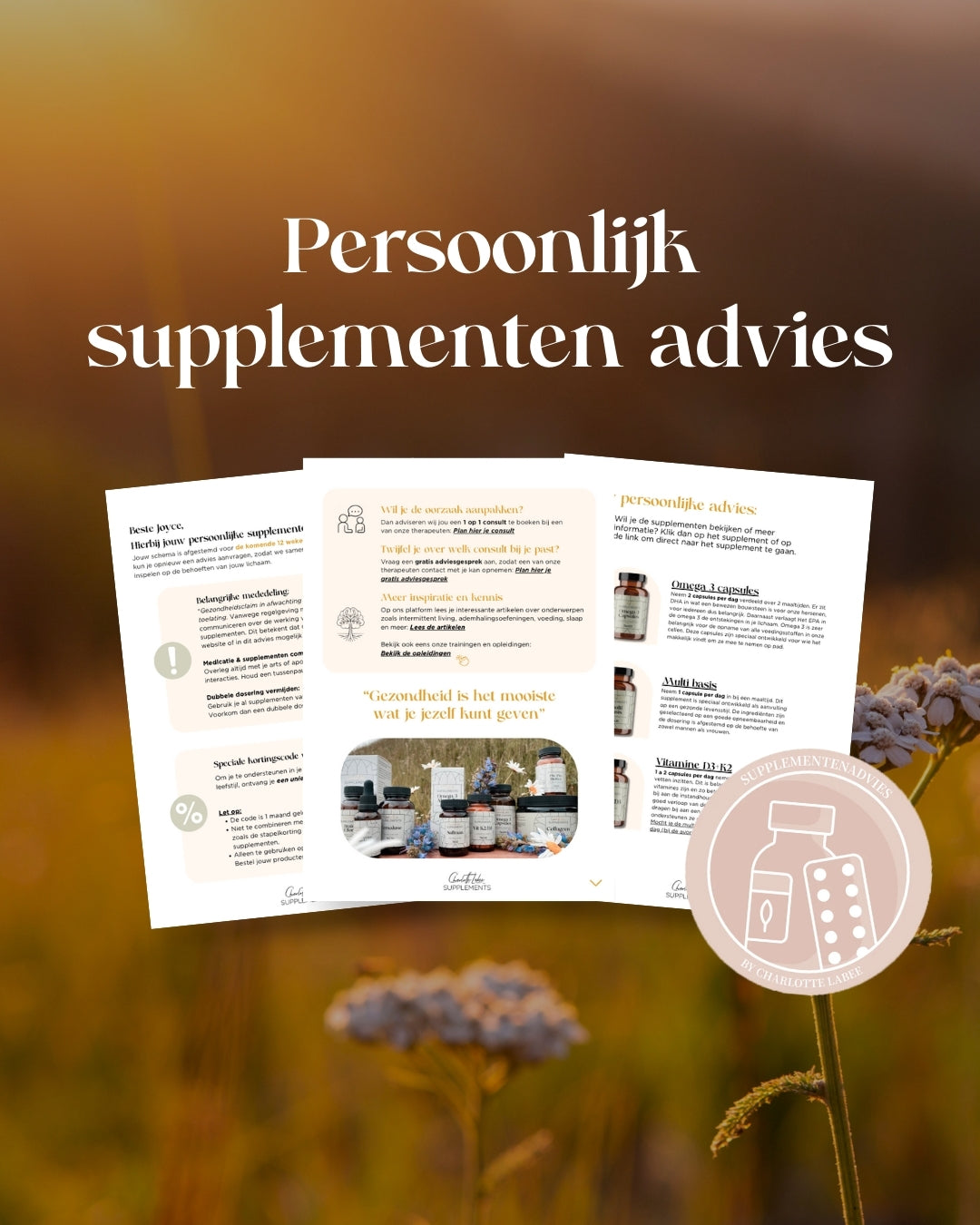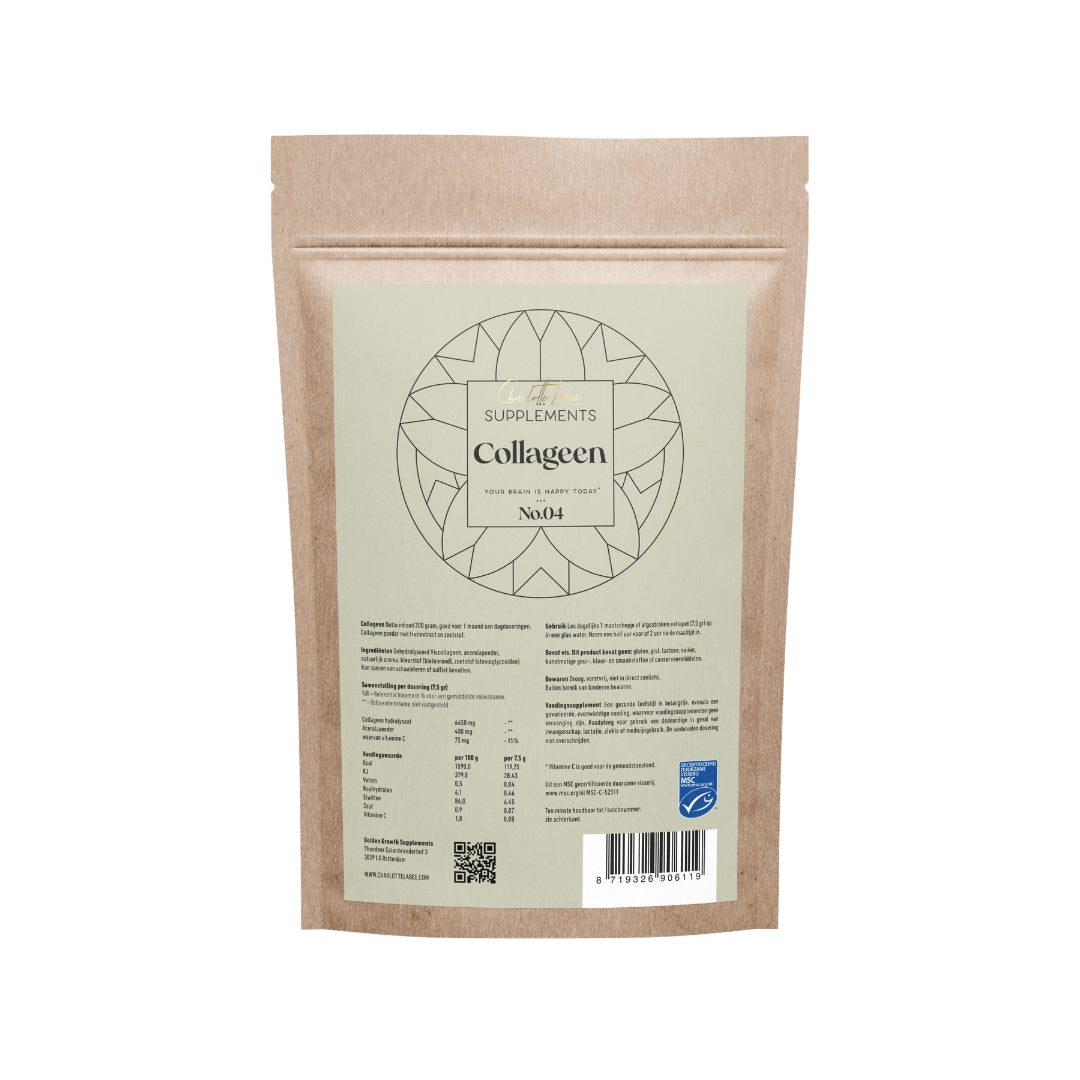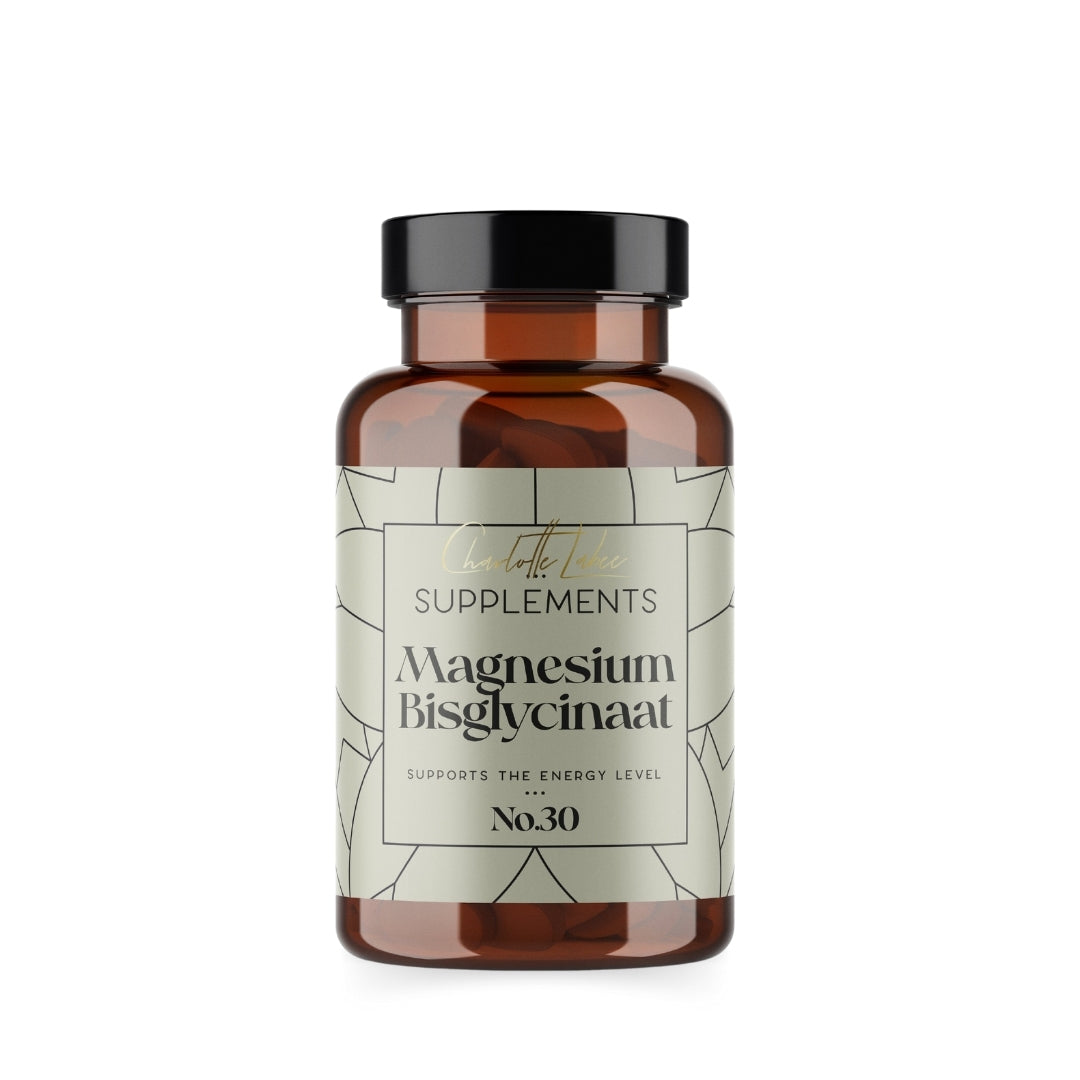Endometriose is een complexe en vaak slopende aandoening waar naar schatting 1 op de 10 vrouwen wereldwijd mee te maken krijgt. Toch is er nog veel te weinig bekend over deze chronische ziekte, die ervoor zorgt dat vrouwen met intense pijn, bloedingen en mogelijke onvruchtbaarheid te maken krijgen.
Wat weten we wel?
Wat is endometriose?
Endometriose ontstaat wanneer weefsel dat lijkt op baarmoederslijmvlies (endometrium) buiten de baarmoeder groeit, zoals op de eierstokken, eileiders, of zelfs op organen zoals de blaas en darmen. Dit weefsel reageert op hormonale veranderingen in je cyclus, waardoor het dikker wordt en gaat bloeden. Omdat het bloed en weefsel buiten de baarmoeder nergens heen kan, veroorzaakt dit ontstekingen, pijn, verklevingen en littekenvorming.
De symptomen variëren sterk, maar omvatten vaak:
- Ernstige menstruatiepijn
- Chronische bekkenpijn
- Pijn tijdens seks
- Darm- of blaasklachten
- Moeite met zwanger worden
Complicaties en risico's
Endometriose kan niet alleen hevige pijn en vruchtbaarheidsproblemen veroorzaken, maar kan in ernstige gevallen ook levensbedreigend zijn. Omdat het weefsel zich naar andere organen kan verspreiden – zoals de darmen, blaas of zelfs de longen – kan dit leiden tot ernstige complicaties zoals darmobstructies, ademhalingsproblemen of orgaanfalen. De ontstekingen en verklevingen die hierdoor ontstaan, kunnen niet alleen de werking van deze organen belemmeren, maar ook chronische pijn en ernstige gezondheidsrisico’s met zich meebrengen. Dit onderstreept hoe belangrijk het is om niet alleen de symptomen, maar ook de oorzaak van endometriose aan te pakken.
Wat weten we zeker over endometriose?
Maar ondanks jaren van onderzoek zijn veel aspecten van endometriose nog steeds een raadsel. Wat we weten is dat genetica een rol speelt; als je moeder of zus het heeft, heb je een verhoogde kans om het ook te krijgen. Hormonale onbalans, met name oestrogeendominantie, lijkt de groei van endometrioseweefsel te bevorderen.
Daarnaast speelt het immuunsysteem een belangrijke rol. Bij vrouwen met endometriose lijkt het immuunsysteem minder effectief in het opruimen van verkeerd geplaatst endometriumweefsel. Ook wordt er gedacht dat omgevingsfactoren, zoals blootstelling aan giftige stoffen (bijvoorbeeld BPA in plastic), invloed kunnen hebben.
Maar de exacte oorzaak van endometriose blijft onduidelijk. Waarom krijgt de ene vrouw het wel en de andere niet? En waarom hebben sommige vrouwen met ernstige endometriose nauwelijks klachten, terwijl anderen met milde vormen hevige pijn ervaren? Dit gebrek aan antwoorden maakt het behandelen van de ziekte extra uitdagend.
Waarom is er zoveel onbekend over endometriose?
Ondanks dat endometriose een van de meest voorkomende gynaecologische aandoeningen is, blijft het onderzoek naar deze ziekte ondergefinancierd. Dit komt deels doordat vrouwenklachten historisch gezien minder prioriteit hebben gekregen in medisch onderzoek. Er zijn ook geen eenvoudige tests beschikbaar; endometriose kan alleen definitief worden vastgesteld via een laparoscopie, een chirurgische ingreep die niet zonder risico is.
Daarnaast zijn de symptomen vaak niet specifiek en kunnen ze lijken op andere aandoeningen zoals het prikkelbare darm syndroom (PDS) of blaasontstekingen. Dit leidt tot verwarring bij zorgverleners en een vertraging bij het stellen van een diagnose.
Waarom is hormoontherapie slechts een pleister op de wond?
Reguliere artsen adviseren als enige 'oplossing' hormoontherapie, en, in ernstige gevallen, een operatie om de verklevingen of cystes te verwijderen. Endometriose is volgens de reguliere geneeskunde niet te genezen, enkel symptoombestrijding is mogelijk. Hormonen, zoals de anticonceptiepil of een hormoonspiraal, onderdrukken je menstruatiecyclus, waardoor de symptomen kunnen verminderen. Maar deze aanpak pakt de onderliggende oorzaak niet aan. Zodra je stopt met hormonen, kunnen de klachten terugkomen. Bovendien hebben deze behandelingen vaak bijwerkingen, zoals stemmingswisselingen, gewichtstoename en een verlaagd libido.
Wat zeggen alternatieve geneeswijzen over endometriose?
Alternatieve geneeswijzen kijken anders naar endometriose. Daar zijn theorieën over de oorzaak van endometriose in het lichaam én manieren waarop deze oorzaken aangepakt kunnen worden.
Chinese geneeskunde
Volgens de Chinese geneeskunde ontstaat endometriose door een stagnatie van Qi (levensenergie) en bloed in het bekkengebied. Dit kan komen door stress, een ongezonde levensstijl of emotionele blokkades. Behandelingen zoals acupunctuur en kruidenremedies kunnen worden ingezet om de doorbloeding te verbeteren, ontstekingen te verminderen en hormonale balans te herstellen.
Andere theorieën
Sommige therapeuten wijzen op de rol van darmgezondheid bij endometriose. Een lekkende darm (leaky gut) kan ontstekingen in het lichaam verergeren, wat een negatief effect heeft op endometriose. Ook emotionele en traumatische ervaringen worden soms gekoppeld aan de ontwikkeling van chronische aandoeningen zoals endometriose. Het aanpakken van deze factoren via therapie of mindfulness kan helpen bij het verminderen van stress en pijn.
Natuurlijke behandelingen: waar begin je?
Endometriose genezen is een zoektocht, maar niet onmogelijk. Talloze ervaringen laten zien dat er opties zijn om de endometriose sterk te verminderen of zelfs te laten verdwijnen. Maar waar begin je? Hier zijn wat tips:
1. Dieet
- Vermijd ontstekingsbevorderende voeding, zoals suiker, rood vlees, cafeïne, gluten, soja, zuivel en bewerkt voedsel.
- Kies voor een ontstekingsremmend dieet met veel groenten, gezonde vetten (zoals omega-3 uit vis of lijnzaad), en antioxidanten.
2. Beweging
Lichte vormen van beweging, zoals yoga, wandelen en pilates, kunnen de doorbloeding verbeteren en stress verminderen. Vermijd intensieve sporten als je merkt dat dit je klachten verergert.
3. Stressvermindering
Chronische stress verergert hormonale disbalans en ontstekingen. Probeer dagelijkse ontspanningstechnieken, zoals meditatie, ademhalingsoefeningen of mindfulness. Massage en warmte (zoals een warmwaterkruik) kunnen ook helpen om spanning in het bekkengebied te verminderen.
4. Ondersteuning van de lever
Je lever speelt een cruciale rol in het afbreken van overtollige hormonen zoals oestrogeen. Ondersteun je lever door veel water te drinken, kruidenthee zoals mariadistel of paardebloem te drinken, en alcohol te vermijden.
Het kan ontzettend frustrerend en vermoeiend zijn om constant op zoek te moeten gaan naar oplossingen voor endometriose. Het voelt soms alsof je vecht tegen een onzichtbare vijand, terwijl de antwoorden vaak vaag blijven. Maar weet dat je niet alleen bent in deze strijd. Een gezonde levensstijl kan al een enorm verschil maken. Door aandacht te besteden aan je voeding, beweging, stressmanagement en holistische ondersteuning, kun je stap voor stap verlichting vinden. Het is een proces, maar met de juiste ondersteuning en toewijding kun je leren omgaan met deze aandoening en je kwaliteit van leven verbeteren.








